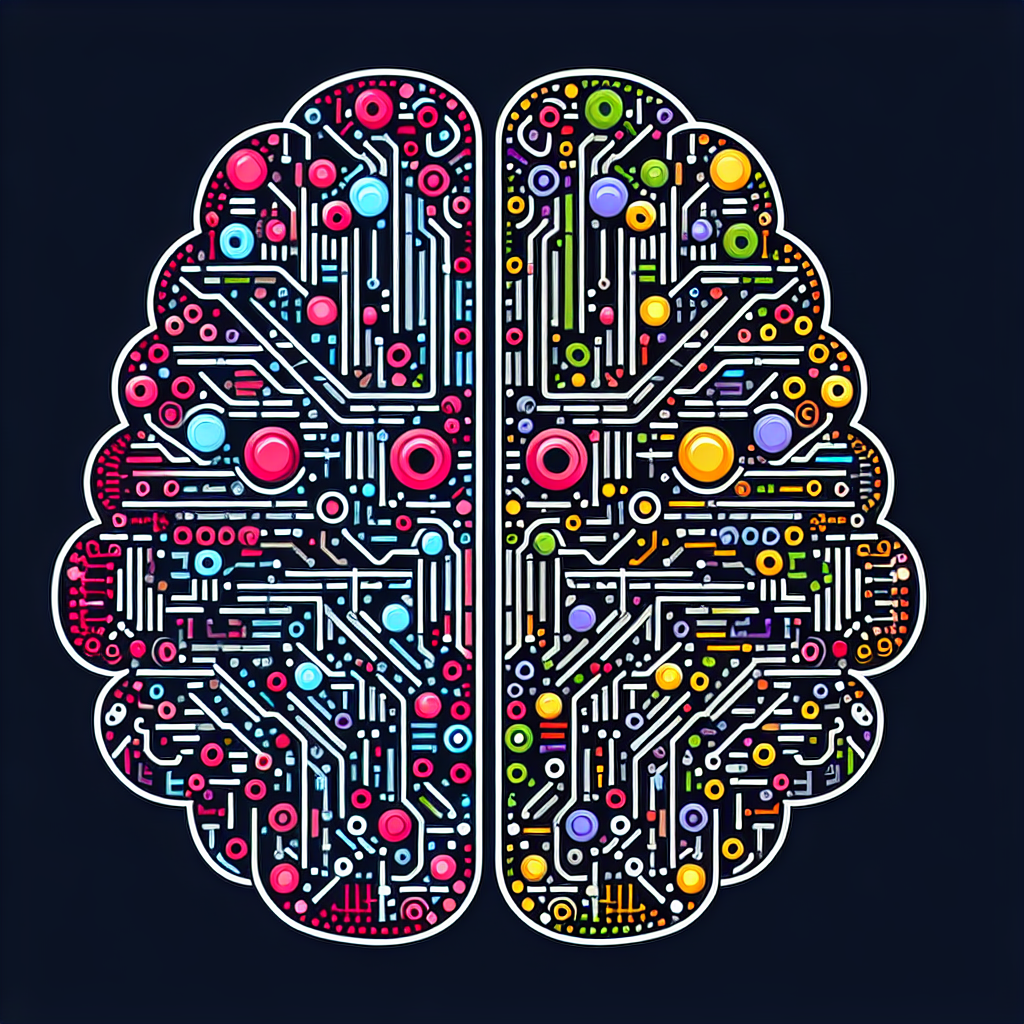As technology continues to advance at a rapid pace, the development of artificial intelligence (AI) has become a major focus for many industries. AI has the potential to revolutionize the way we live, work, and interact with the world around us. However, not all AI is created equal. There are two main categories of AI: Narrow AI and Artificial General Intelligence (AGI). In this article, we will explore the differences between these two types of AI and how they are shaping the future of technology.
What is Narrow AI?
Narrow AI, also known as Weak AI, is designed to perform a specific task or set of tasks within a limited domain. Narrow AI systems are highly specialized and excel at one particular function, such as speech recognition, image recognition, or playing chess. These systems are trained on large amounts of data specific to their task and are able to make predictions or decisions based on this data.
Narrow AI is the most common form of AI that we encounter in our daily lives. Virtual assistants like Siri and Alexa, recommendation algorithms on streaming services like Netflix, and self-driving cars are all examples of Narrow AI applications. These systems are able to perform their tasks efficiently and accurately, but they lack the ability to generalize their knowledge and apply it to new situations.
What is Artificial General Intelligence (AGI)?
Artificial General Intelligence, also known as Strong AI or Human-Level AI, is the ultimate goal of AI research. AGI refers to a system that possesses the ability to understand, learn, and apply knowledge across a wide range of tasks and domains. AGI systems would be capable of performing any intellectual task that a human can, and potentially even surpass human intelligence in certain areas.
AGI systems would be able to adapt to new situations, learn from experience, and apply their knowledge to solve problems in ways that were not explicitly programmed. These systems would have the capacity for creativity, reasoning, and abstract thinking, making them truly intelligent in a human-like sense.
What are the Differences Between AGI and Narrow AI?
The main difference between AGI and Narrow AI lies in their level of generalization and adaptability. Narrow AI systems are designed to perform specific tasks within a limited domain and are unable to transfer their knowledge to new tasks or domains. These systems are highly specialized and excel at their designated task, but they lack the ability to generalize their knowledge.
In contrast, AGI systems have the ability to learn, reason, and adapt to new situations in a way that is similar to human intelligence. These systems can apply their knowledge across a wide range of tasks and domains, making them more flexible and versatile than Narrow AI systems. AGI systems have the potential to revolutionize the way we interact with technology and have a profound impact on society as a whole.
FAQs
Q: Will AGI surpass human intelligence?
A: It is possible that AGI systems could surpass human intelligence in certain areas, as they have the potential to learn and adapt at a faster rate than humans. However, the development of truly human-level AGI is still a long way off, and there are many ethical and societal implications to consider before such systems are created.
Q: How is AGI different from superintelligence?
A: Superintelligence refers to AI systems that surpass human intelligence in all areas. AGI, on the other hand, refers to AI systems that possess the ability to understand, learn, and apply knowledge across a wide range of tasks. Superintelligence is a theoretical concept that goes beyond AGI and raises questions about the implications of creating AI systems that are more intelligent than humans.
Q: What are the potential benefits of AGI?
A: AGI has the potential to revolutionize many industries, including healthcare, finance, transportation, and education. AGI systems could help to automate tedious tasks, improve decision-making processes, and enhance productivity in a wide range of applications. AGI also has the potential to drive scientific discovery and innovation in ways that were previously unimaginable.
In conclusion, AGI and Narrow AI represent two distinct categories of artificial intelligence with vastly different capabilities and implications. While Narrow AI systems excel at performing specific tasks within a limited domain, AGI systems have the potential to revolutionize the way we interact with technology and solve complex problems. As research in the field of AI continues to advance, it will be interesting to see how these two types of AI evolve and shape the future of technology.

